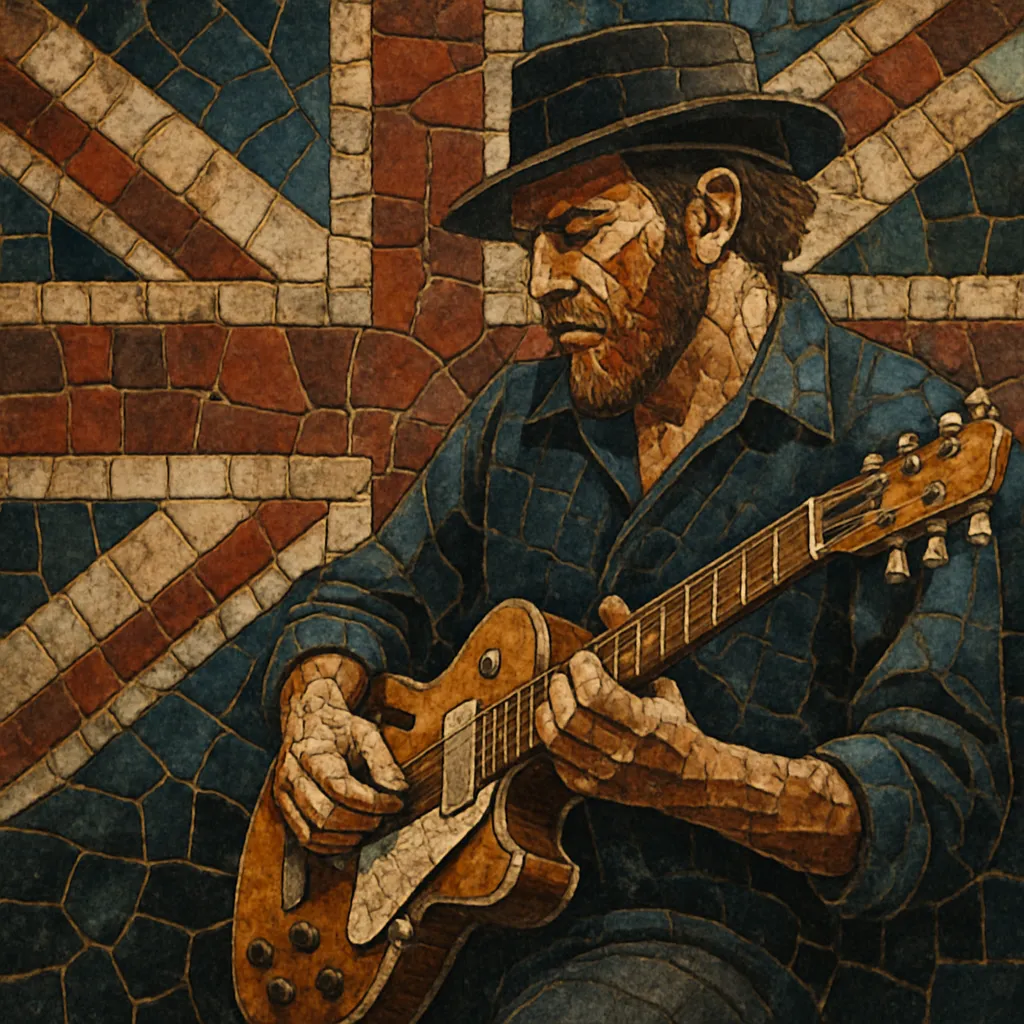
British blues is a UK-grown interpretation of African American blues, initially modeled on Chicago and Delta styles but performed with the raw volume and urgency of postwar British youth culture.
It features electric guitar, amplified harmonica, bass, drums, and often piano or Hammond organ, favoring 12-bar forms, shuffles, slow blues, and minor-key vamps delivered with emotive vocals and extended soloing.
The scene coalesced around early-1960s London venues such as the Ealing Club, catalyzing bands and players who would ignite the British blues boom and, in turn, reshape rock worldwide.
British blues developed as UK musicians immersed themselves in imported American records by Muddy Waters, Howlin’ Wolf, B.B. King, and Robert Johnson. The skiffle craze had already pushed young players toward American folk and blues, setting the stage for deeper exploration. In London, Alexis Korner and Cyril Davies formed Blues Incorporated and sparked a residency at the Ealing Club, which became a crucible for future stars.
From this nucleus came The Rolling Stones, The Yardbirds, and John Mayall & the Bluesbreakers—bands that electrified 12‑bar forms and emphasized virtuoso guitar and harmonica. Eric Clapton’s 1966 “Beano” album with the Bluesbreakers set a template for creamy, overdriven Les Paul tones into Marshall amps. Peter Green, Jeff Beck, and Jimmy Page each advanced the idiom’s expressive palette; Peter Green’s Fleetwood Mac brought deep, soulful minimalism, while Cream fused blues with improvisatory firepower.
As British blues artists toured the United States, they reintroduced amplified blues aesthetics to new rock audiences, influencing a feedback loop that helped define late-’60s and early-’70s rock. The style evolved toward blues rock, hard rock, and psychedelic rock, with expanded song forms, louder amplification, and experimental studio techniques.
While the mainstream shifted to progressive and hard rock in the 1970s, British blues persisted in club circuits and informed pub rock’s back-to-basics ethos. Periodic revivals, festivals, and dedicated labels sustained the scene through the 1980s–2000s. Today, British blues is both a tradition and a living practice, revered for its role in launching world-changing guitar styles and bands, and still thriving in venues, jams, and recordings across the UK.

